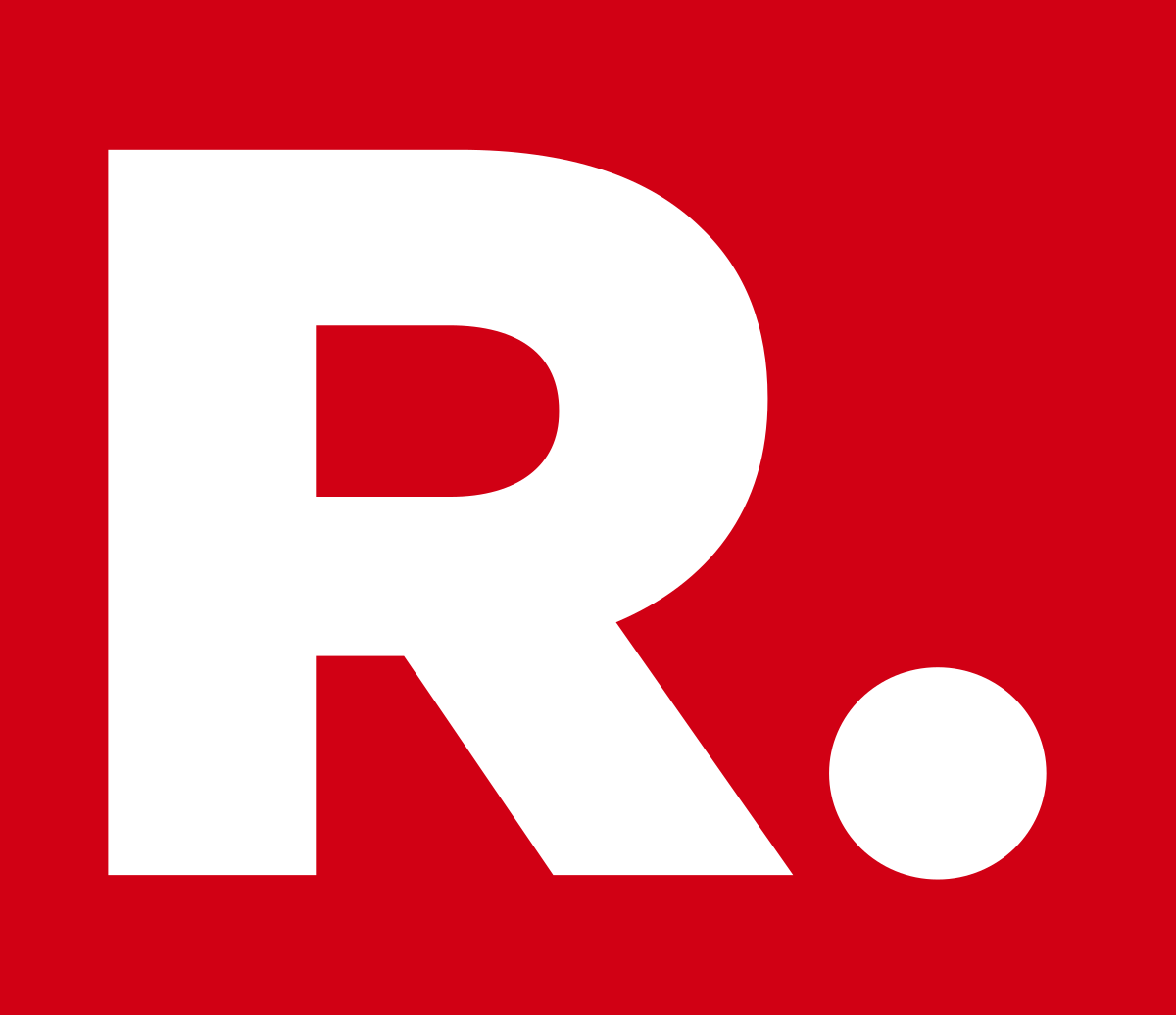Updated November 11th 2024, 20:19 IST
Indigenisation on the Waves: How the Indian Navy is Building a Self-Reliant Future
The Indian Navy has embarked on a path of indigenisation, aiming to reduce dependence on foreign suppliers and strengthen its maritime security capabilities.
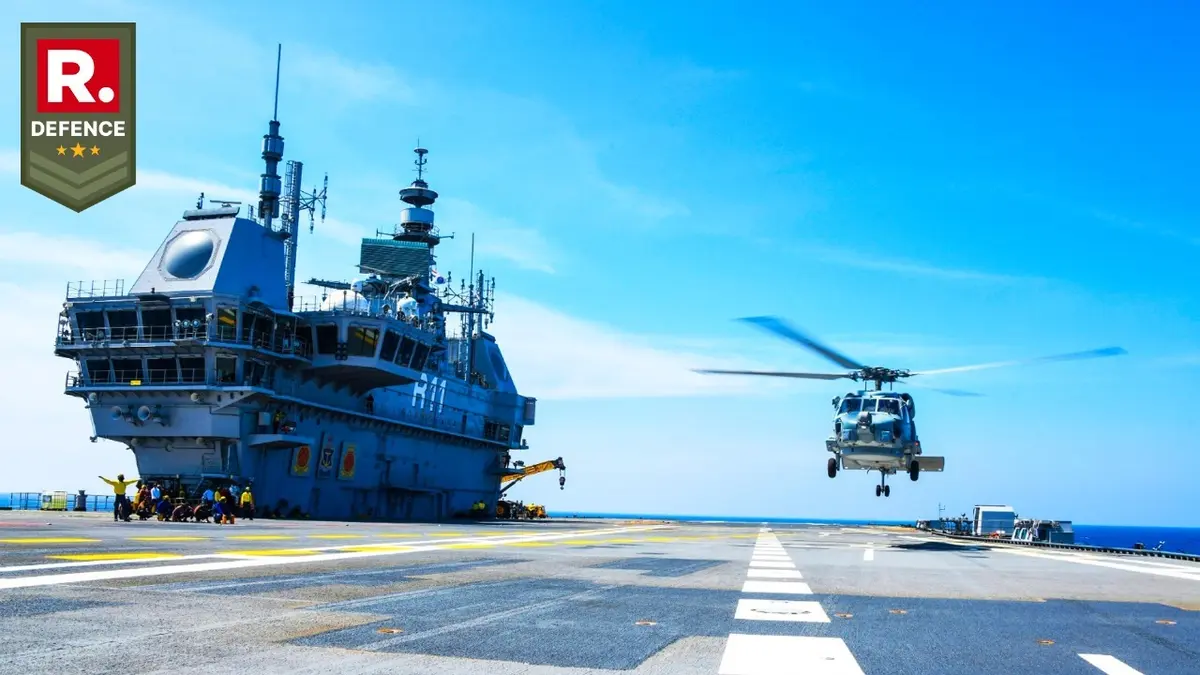
Gujarat , India: India's quest for self-sufficiency in defence is a crucial strategic initiative, especially amidst intricate geopolitics and rising maritime threats. Driven by the Atmanirbhar Bharat (Self-Reliant India) vision, the Indian Navy's focus on indigenisation is altering India's defence and maritime security scenario. India's dependence on imported defence assets could pose a significant vulnerability because of its extensive coastline and important trade routes in the Indian Ocean Region (IOR).
The Navy's dedication to domestic defence production is essential for India to become a powerful maritime force with self-sufficient defence capabilities. The Indian Navy has been on a lengthy path towards indigenisation, showcasing its strategic goal of self-sufficiency and minimising reliance on external vendors.

Timeline and Summary
Early Stage (1947–1960s):
After gaining independence in 1947, the Indian Navy depended heavily on ships constructed by the British and other nations, mainly using vessels from World War II. The establishment of Mazagon Dock Limited (MDL) and Garden Reach Shipbuilders & Engineers (GRSE) were key early actions in enhancing shipbuilding capabilities.
Initially, the Navy concentrated on obtaining international knowledge and skills to establish its shipbuilding capabilities.
Indigenous Development Initiatives (1960s–1970s):
The first ships constructed in the country were the Ajay-class Patrol Vessels, which functioned as basic patrol boats and minor war vessels. In the 1960s, the Navy started building Leander-class frigates at MDL under a UK license, constructing hulls locally and importing crucial systems to enhance shipbuilding capabilities and infrastructure.
Commissioned in 1972, the INS Nilgiri represented a significant milestone in shipbuilding for India as the inaugural Leander-class frigate built in the nation.
Consolidation Period (1970s–1980s):
The Godavari-class Frigates, developed in the 1980s, were India's initial domestically designed frigates, combining elements from both local and international sources, signifying a move towards greater self-reliance in ship construction.
The Defence Research and Development Organisation (DRDO) started aiding in the advancement of naval weapons, sensors, and electronic warfare systems, such as the APSOH sonar.
Broadening of Skills (1980s–1990s):
The Submarine Program involved a partnership with Germany to construct Shishumar-class submarines (Type 209/1500), successfully building two submarines at MDL and showcasing progress in local submarine manufacturing.
India started creating more sophisticated warships like the Delhi-class destroyers, equipped with advanced radar systems and weapons, showcasing a growth in their own design expertise. Although aircraft were imported, local contributions started to enhance infrastructure and support systems.
Transitioning to More Self-Reliance (1990s-2000s):
The induction of INS Delhi and its sister ships in the 1990s as part of Project 15 (Delhi-class) highlighted the capacity to produce robust naval vessels using a mix of local and foreign equipment.
The collaboration with DRDO led to the development of indigenous systems like the BrahMos supersonic cruise missile, which was a joint project with Russia but mainly made in India.
The Project 75 Scorpene-class submarines, a collaboration with France, aimed to construct six advanced diesel-electric submarines at MDL, enhancing technological and skills growth.

The Progress of Indigenous Shipbuilding and Naval Modernisation– (21st Century)
The Indian Navy's path to self-reliance has been highlighted by important milestones, especially in the realm of warship construction. India has achieved over 70% self-sufficiency in building warships, leading to the launch of INS Vikrant, the country's first domestically constructed aircraft carrier. By incorporating an impressive 76% local content, INS Vikrant has positioned India among a select group of nations with the capability to build an aircraft carrier, showcasing a dedication to a technologically advanced naval fleet that is domestically produced.
Projects such as the Project 15B destroyers and Project 75 submarines, manufactured by Indian shipyards, emphasise this vision, with over 40 vessels currently in production at locations such as Mazagon Dock Shipbuilders Limited (MDL) along with Cochin Shipyard Limited (CSL). The Make in India initiative's triumph is underscored by the reduced dependence on foreign shipbuilding facilities, signalling India's resolve to enhance its naval capabilities on its own.
Core Elements of Indigenisation: Drift, Shift, and Battle
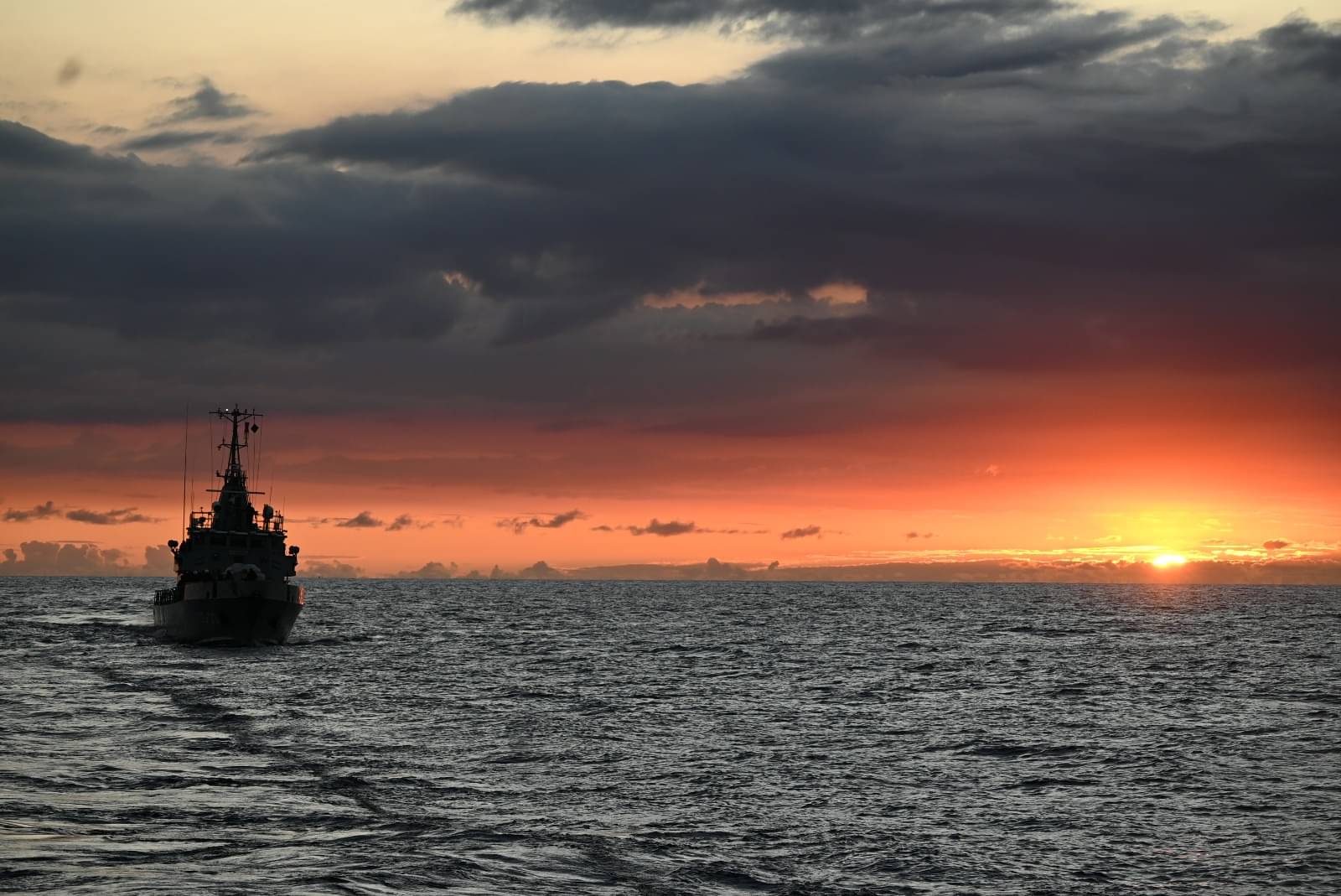
The Indian Navy's self-reliance goals are pursued through a strategy comprising three key components.
- The Float Component, which represents the basic structural parts of a ship, has reached 95% localisation. The production of components like hulls and deck structures is mainly done in India, creating a solid foundation for domestic manufacturing.
- The "move" component primarily focuses on propulsion systems and is localised to around 65%. Although India has improved its production of components like generators and water systems, it still relies on imported critical power propulsion engines. Ongoing efforts in research and development aim to close this gap and ensure the Navy's operational independence.
- Battle Element: This section covers combat and weapon systems crucial for contemporary warfare at a 55% localisation level. Significant progress is demonstrated by notable achievements, such as the development of the BrahMos missile locally. Nevertheless, there are still hurdles to overcome in adapting high-tech radar and missile systems to be indigenous, which are essential for India's defence sovereignty.
The BrahMos Missile Exemplifies Independence
The BrahMos missile program, one of India's most renowned Indigenous defence accomplishments, demonstrates self-reliance effectively. The approved acquisition of 200 BrahMos Extended Range missiles will strengthen the Navy's capabilities, reflecting the strategic importance of the program with a ₹19,000 crore investment.
Initially started in 1998, the BrahMos project has increased its Indigenous content from 13% to 75%, engaging almost 200 Indian companies and creating around 25,000 jobs. The increased reach of the BrahMos-ER, extending to 900 km, greatly improves India's naval defence readiness, enabling accurate strikes over long distances.
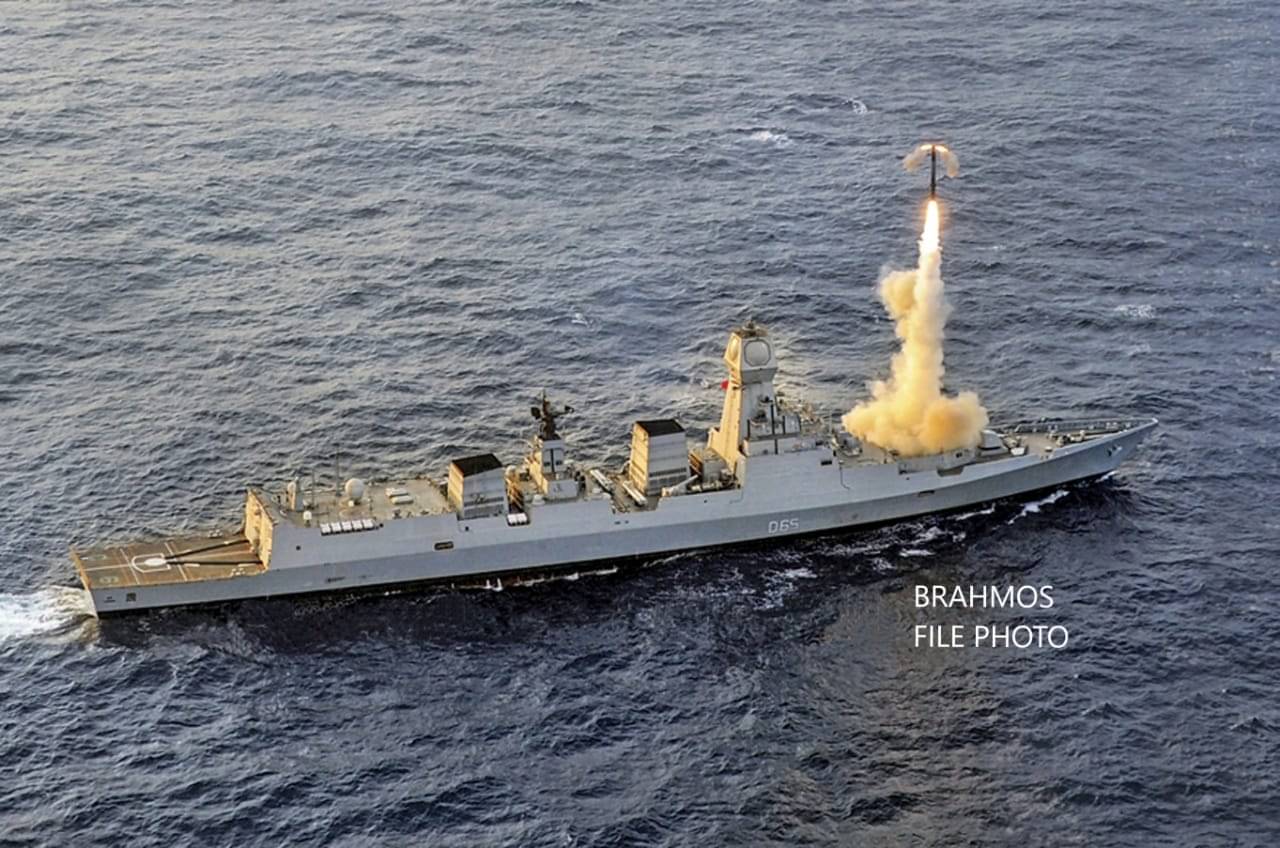
The BrahMos program, despite being successful, highlights the challenges of achieving full self-reliance. Certain parts are being developed jointly with Russia, underscoring the value of strategic collaborations. Indian missile technology is set to advance significantly with future versions, such as the BrahMos-NG, which will feature a completely indigenous propulsion system.
Challenges and Strategic Collaborations in Self-Sufficiency
Despite significant advancements, challenges remain in certain crucial areas. Innovative partnerships are crucial for advancing propulsion systems, air defence missiles, and radar technologies. India has primarily concentrated on collaborating with foreign partners like Russia and Israel to obtain and eventually adapt advanced defence technology.
Public-private collaborations have been crucial in India's path to self-sufficiency. Partnerships with major Indian companies such as Larsen & Toubro and Tata Group are closing gaps in the local supply chain. Through these partnerships, India can decrease reliance on foreign suppliers and establish a strong foundation for advancements in vital naval components.
Economic and Strategic Impact of Self-Reliance
Defence indigenisation not only contributes to strategic autonomy but also boosts economic growth. Projects like the BrahMos initiative have spurred development in more than 200 micro, small, and medium enterprises (MSMEs) and generated numerous skilled employment opportunities. An additional instance of the economic multiplier effect can be observed in the construction and deployment of INS Vikrant.
Strengthening the defence ecosystem through a boost to the industrial sector leads to a multiplied GDP for India. Additionally, advancements from military projects are frequently utilised in civilian sectors such as electronics, AI, and advanced manufacturing.
India is also establishing itself as a regional defence exporter through these initiatives. India's aspirations in the IOR are supported by the Navy's expanding capabilities, which aim to safeguard trade routes, foster stability, and uphold a free Indo-Pacific.
India's Strategic Posture in the Indian Ocean Region Strengthened
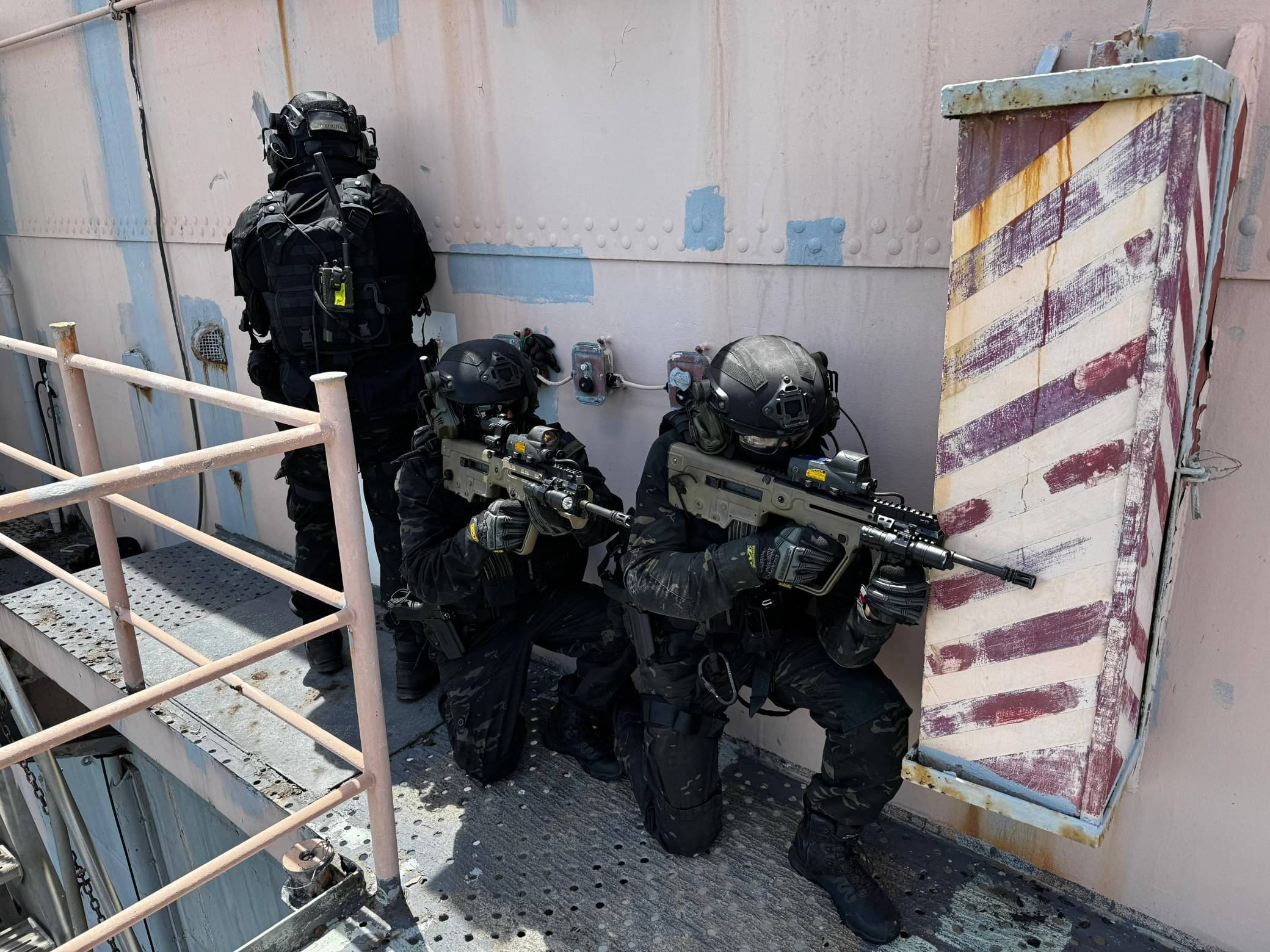
India's self-reliant Navy, a key player in the IOR, bolsters its position against regional threats like China's increasing naval activities. By enhancing its capabilities, India can enhance maritime security, participate in multinational exercises, and enhance diplomatic relations with regional allies. Self-sufficiency in defence is in line with national security objectives and India's larger vision of a secure and stable region, facilitating a rules-based international order that fosters global trade.
Looking to 2040 and Beyond: Embracing Full Independence Through Sailing
By 2040, the Indian Navy plans to achieve total self-reliance by developing its own propulsion systems, radars, and advanced weapons. This path aligns with the Atmanirbhar Bharat vision, aiming to position India as a leader in cutting-edge defence technologies such as autonomous underwater vehicles and AI-based combat management systems.
The Navy's future strategy focuses on constant innovation and using advanced technology to uphold dominance at sea. Every achievement brings India a step closer to a self-reliant defence system, strengthening the Navy's capacity to safeguard national interests and promote regional stability independently.
Creating a Resilient Tomorrow with Atmanirbhar Bharat
The Indian Navy's path shows a determined pledge to national security, economic stability, and strategic self-reliance. Every accomplishment through the Make in India project enhances India's abilities, characterises India's strengths, and signifies the larger aims of Atmanirbhar Bharat. India aims to achieve self-reliance in safeguarding its maritime interests by 2040 through the Navy's indigenisation efforts. Through this effort, the Indian Navy shows India's commitment to progress with strength and self-sufficiency.
Published November 11th 2024, 20:16 IST

